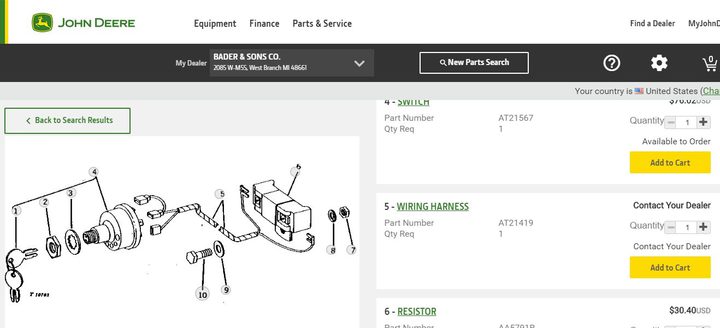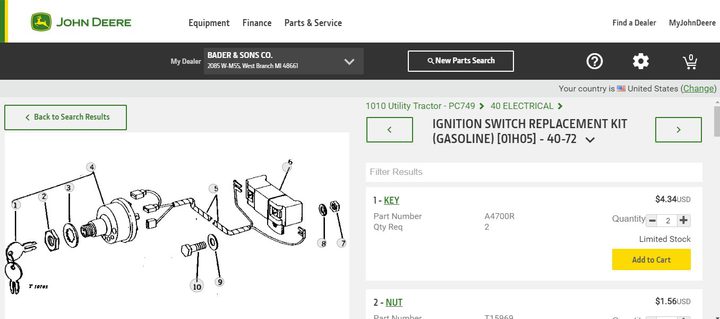(quoted from post at 11:50:03 07/04/19) Actually now that I think about it, even if you're NOT experienced it would be sooooooooooo easy to troubleshoot any switch problem BEFORE you run out and buy a new one, here goes using ONLY a simple 6/12 volt test light or a volt meter provides more information: I hate to see you spend bucks on a switch if its not the problem and you may or may not even get the correct one to match how you're wired up currently ????????
A IGNITION FUNCTION
1) Put the test lamp or meter on the coils input (NOT to distributor) terminal
2) Try the switch in both the START and RUN positions. THERE SHOULD BE COIL VOLTAGE IN BOTH POSITIONS
a) If there's ONLY voltage in the START but NOT RUN position, my guess is the ballast (if any is used?? be it wire or resistive wire link or stand alone device or built right on/in the switch assembly, you may not be able to clearly see or recognize what you have) IS BAD/OPEN orrrrrrrrrr the switch is bad.
I cant say from here what switch assembly you have or what if any ballast you have or what if any modifications may have been made over the years so this is only a start and may or may not be correct.
B) STARTER MOTOR CRANKING FUNCTION
1) Put the test lamp on the solenoids small activation terminal.
2) When the switch is in the START position voltage should appear on that terminal and the solenoid will activate.
a) If NOT, the switch may be bad or the switch may be lacking input voltage or a wire is open from switch down to the solenoid. For the solenoid to engage THERE NEEDS TO BE VOLTAGE ON ITS ACTIVATION TERMINAL plus the solenoid itself needs to be working, they do go bad !!!!!!!!!!!
In the event the battery is good,,,,,,,, and full charged,,,,,,,,,, and all the cables and connections and grounds are all good,,,,,,,,,,, but she cranks poor, you're down to a solenoid or a starter motor problem. HOPE FOR THE SOLENOID AS ITS SOOOOOOOOOOO MUCH CHEAPER. In years past when I didn't have much money I successfully repaired burned/pitted/resistive solenoid contacts by cleaning and smoothing and/or rotating them but I suggest you just buy a new one. If a solenoid is new and perfect (never that good even if new) there will be little voltage drop across it when it's engaged, but if its dropping excess voltage (burned pitted carboned contacts) the starter sees less voltage and cranks poorly.
SUMMARY check for coil voltage in BOTH the start and run switch positions to troubleshoot any switch or ballast problems,,,,,,,,,once that is all good check for the switches start operation where it sends voltage (in start mode) to the solenoid,,,,,,,,,once all that is fixed and if she cranks poorly check to see if its a solenoid or a starter motor problem,,,,,,,,,,,once that's all fixed I will tell you how to troubleshoot any charging problem.
Hope this helps and it may or may not avoid having to buy a new switch !!!!!!!! Still I don't know what switch you have or what type and kind of ballast it may or not have or what mods may have been made etc etc use so I cant guarantees this is correct BUT HEY I TRY MY BEST
Keep me informed, post back any question
Best wishes, God Bless, Happy 4th of July
John T



